We bought our Winnebago motorhome in 2017. After RVing for about four years, we no longer consider ourselves newbies. We’re still “glampers,” who instead of tents prefer sleeping under the stars on an indoor bed in a locked Sprinter van.
But we’re willing to get our disposable gloves dirty, and now we can set up camp pretty quickly – connect to electric, water, sewer and even cable TV – without incident. As in, without running over a 6-inch white sewage lid that becomes a projectile weapon. Or breaking RV Rule No. 1 (“No drive-thrus”) because “10-foot clearance limit” actually means that. And not all trees are tall.
Either of those mishaps will get you a T-shirt that says, “Sorry for what I said when you were trying to park the RV.”
The one thing we hadn’t experienced, though, was boondocking.
I’m talking about dry camping (no electricity, water or sewer hookups), typically done outside of a regular campground or RV park. It’s just you and nature. No dude blasting “Free Bird” at all hours or a ranger making sure your 13-year-old dog is on a 6-foot leash.
Boondocking has its benefits, including camping in more secluded and beautiful spots. Plus, it’s usually free. There are a few ground rules, however, such as:
- Leave no trace.
- Pack it up, pack it out.
- Take nothing but memories, leave nothing but footprints.
- Follow RV Rule No. 2: “No pooping.”
That’s right. No ca-ca in the crapper.
Let’s just say I am not a big fan of RV Rule No. 2.
Nevertheless, it was time for the Beast RV’s maiden trek into the wild.
Our first boondocking adventure came about courtesy of Harvest Hosts, a membership-based service that allows free overnight camping at 2,000 locations across North America. We’re talking wineries, farms, distilleries, tourist attractions and even golf courses.
Harvest Hosts lets you request and book your stay online directly with the business owner. To show your appreciation, you’re expected to support your host with a purchase of products they sell. We joined last year, but because of the pandemic and COVID-19 restrictions, we couldn’t use it.
Last week, after three days of traditional camping at Holland State Park on Lake Michigan, we booked our final night at a nearby Harvest Hosts site: Blendon Pines Alpaca Ranch in Hudsonville, Mich.
Our host, Lynn Scholten, runs the small alpaca breeding farm, about 2.5 hours west of Detroit. She’s also a part-time veterinary technician, rug weaver, wife and grandmother. And mom to Vee, a black Standard Poodle, and Griffin, a white and brown mixed breed dog.
Upon our arrival and after she finished her chores, Scholten jumped off her tractor and gave us an educational and fun-filled personal tour of the farm. We even hand-fed the animals. Well, Rebecca did.
Someone had to take photos: Rebecca petting a Nigerian Dwarf goat. Rebecca meeting Spanish La Mancha dairy goats with barely visible ears. Rebecca rousing a rooster that crows all day long (except at dawn). Rebecca stroking the coarse fur of two rescued pot-bellied pigs.
Aside: Apparently, when some people get those charming, intelligent and affectionate pot-bellied pigs as pets, they don’t realize it’s hard to keep them entertained. And that they grow to 180 pounds because, well, they’re pigs.
According to her website, Scholten’s current alpaca herd is made up of two breeds, Suri, which has long, stringy fleece, and Huacaya (“who-kai-yah”), which has puffy fleece that sticks out.
She has nearly 50 alpacas of all ages and colors. They come in about 70 hues, from black to white, with seductive cinnamons, coffees and silvers in between. They live anywhere from 15-20 years.
“Alpacas are an amazing farm animal. They come from South America where they are used to cold temperatures and rough terrain, so they don’t need much food or living space to be happy and healthy,” she said, feeding them treats from a blue bucket.
And she knows all of their names, or at least appeared to know. I’m thinking she made them up as she went along. I could be wrong.
There was Louie, the elfish dark brown one.
And Bourbon, big and brown with a cool stare, who was immediately drawn to Rebecca. (I’m surprised he didn’t bring her ice and a wedge of lemon.)
Some were named after stars of TV’s “Gilmore Girls.” Lane, Dean … and I can’t remember who else because I never watched it.
Three bore names of characters from “Criminal Minds.” Derek Morgan, Spencer Reid and Penelope Garcia.
There were two chocolate brown babies, known as “cria,” born a few weeks ago. Weighing just 20 pounds at birth, they still wobbled and looked like fawns.
Alpaca fleece is one of the most prized natural fibers in the world, and it’s a favorite material for some fashion designers and hand-knitters alike. But it’s not cheap. A pound of alpaca yarn can run $150!
“Our herd grew so fast, and we’re changing the focus to breeding a few select alpacas. We’re focusing on some of our newly acquired white Huacaya and our color champion black,” Scholten said. “So, we have some nice breeding animals at pet and fiber prices.”
That’s right. You can buy your own alpaca stud, known as Herdsires. But not just one, as they like to hang out in herds, particularly amid females in heat.
If I owned alpacas, I’d name them Olivia Benson and Elliot Stabler from “Law & Order.”
Contrary to some bad press, alpacas don’t bite, rarely kick and won’t generally spit at humans (they use that for fellow alpacas that annoy them).
Working with other alpaca farmers, Scholten shears the animals once a year, usually in May, so they feel cooler in the summer. The fleece, as it’s called, is milled, hand-spun and sold as yarn to become everything from coats, hats, gloves and scarves, to rugs, socks, sweaters and toys.
“It’s much softer and silkier than wool. The fiber we shear off them every year is hypo-allergenic, lightweight yet incredibly warm and doesn’t itch like sheep wool,” she said, leading us into the room where it happens.
I nearly lost my lunch.
It must be soap and water resistant, too, because that smell is permanently embedded into the fiber of my being.
Oddly enough, Scholten has a hairdresser friend who likes to help groom the alpacas. You’ll recognize her outstanding handiwork with masterful mullets, unicorn-like manes and elegantly bushy ankles.
Finally, for those of you who enjoy fun facts in bullet form, here are five important things to know about alpacas:
- You cannot ride or sit on them because they’re not built to support people. It’s considered animal abuse.
- Their average weight is 150 pounds, smaller than llamas.
- Females give birth to a single offspring once a year.
- They mainly eat grass or hay, but not much – about two pounds per 125 pounds of body weight per day.
- They poop about four pounds per day, but they’re very neat and generally go in one spot, making manure collection for composting easier.
Good to know. Those alpacas might make pretty good boondockers.
We enjoyed our first time boondocking and slept like babies, except when the sprinklers kicked on and nearly power-washed one side of the Beast into the next county.
We’ll be back.
But somebody please get that rooster a watch.
Visit Blendon Pines Alpaca Ranch at 6630 Blair St., Hudsonville, MI 49426 / 616-450-6306 blendonpinesalpacaranch.com / blendonpines@yahoo.com
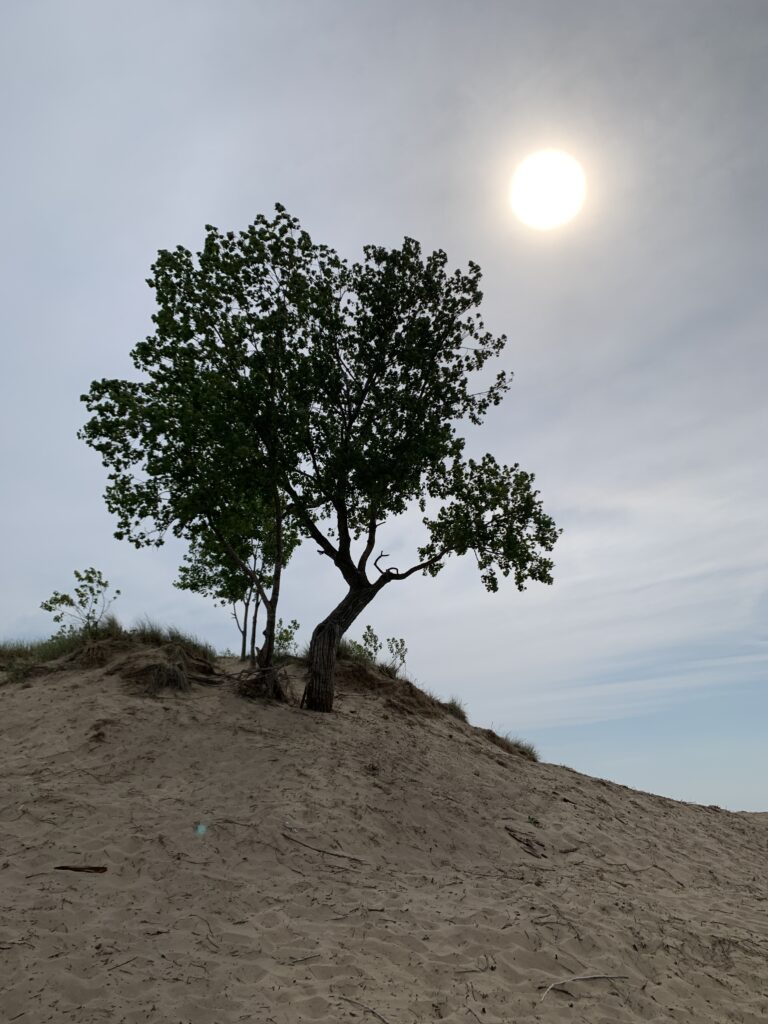

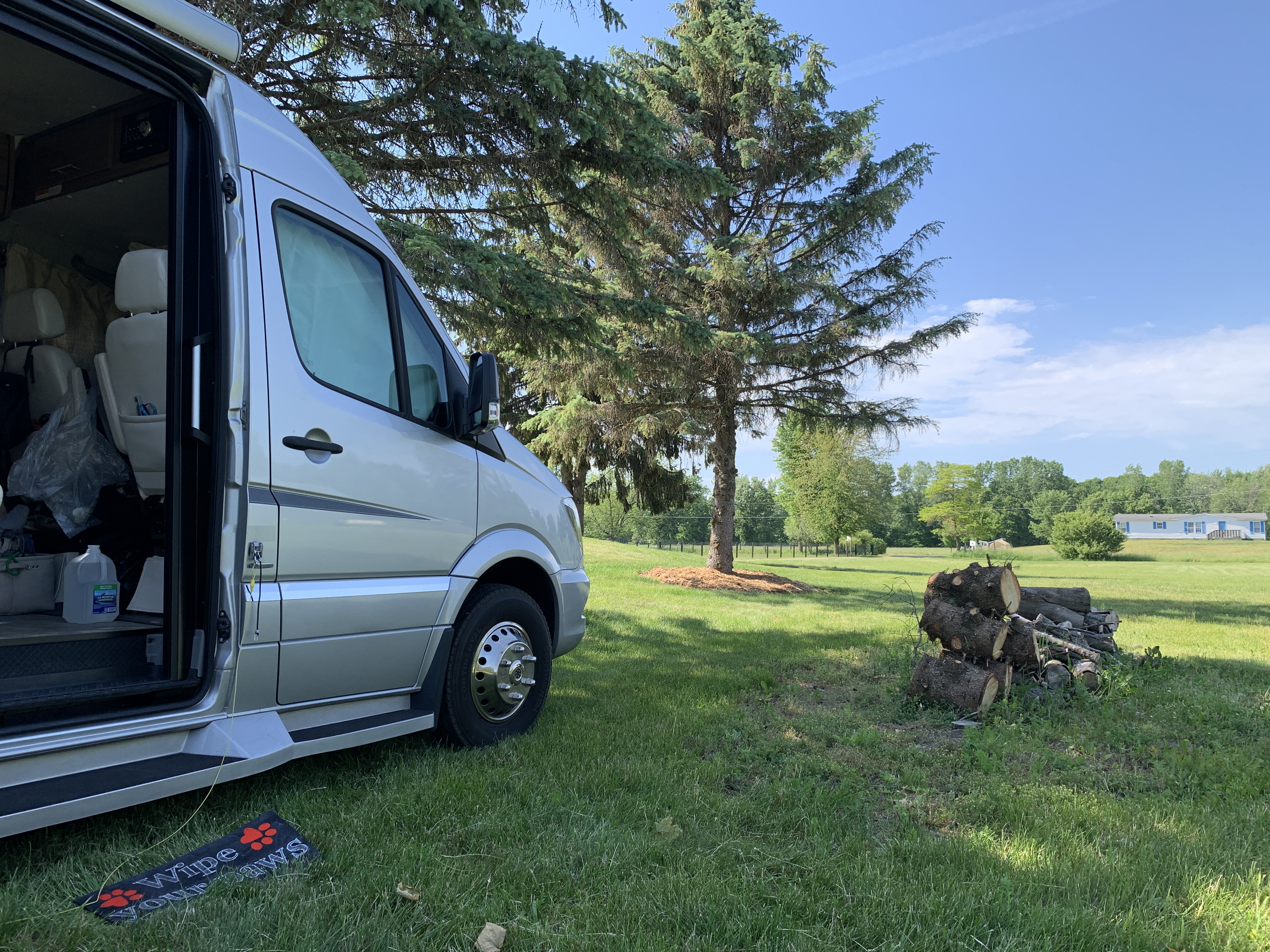

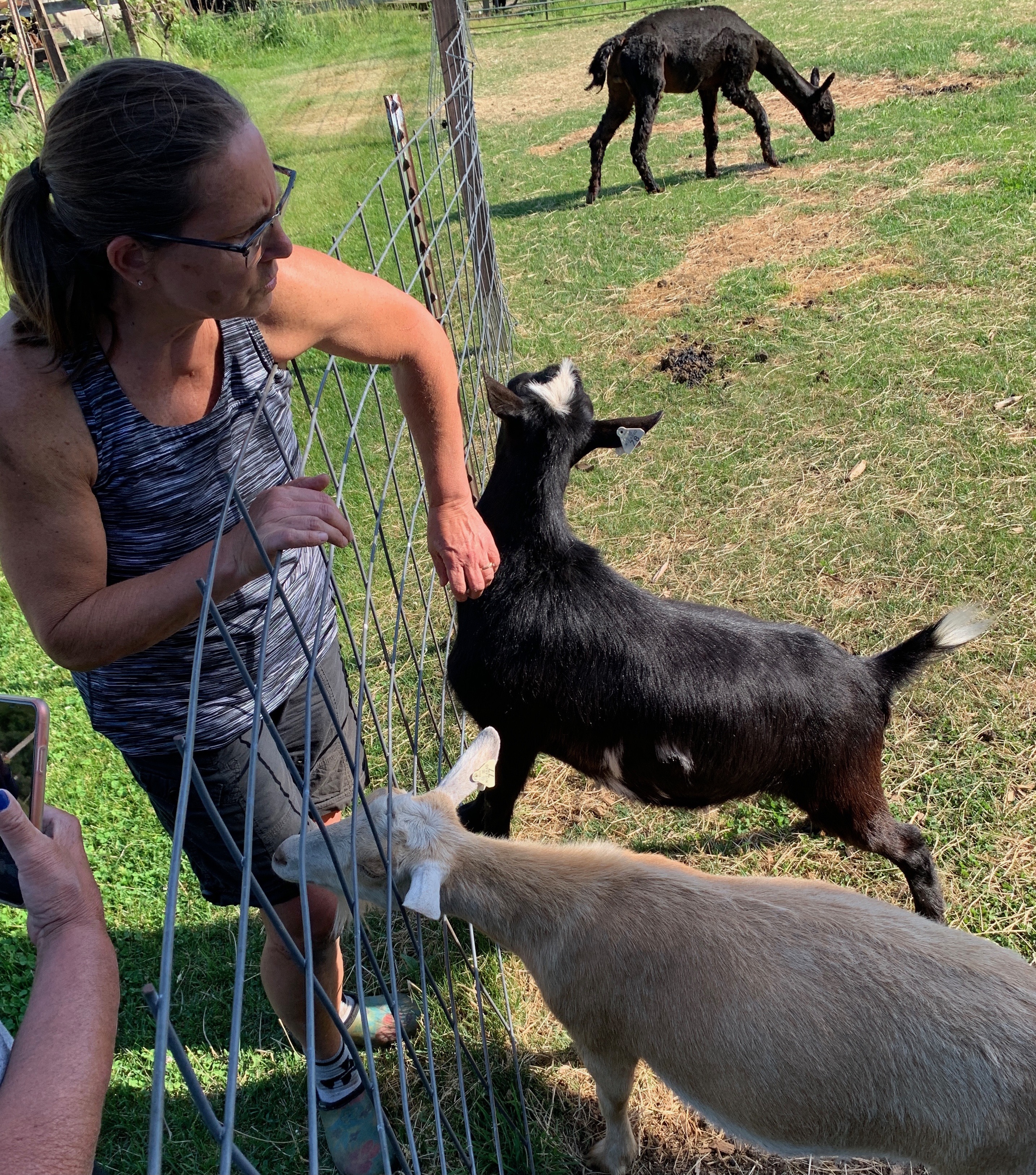
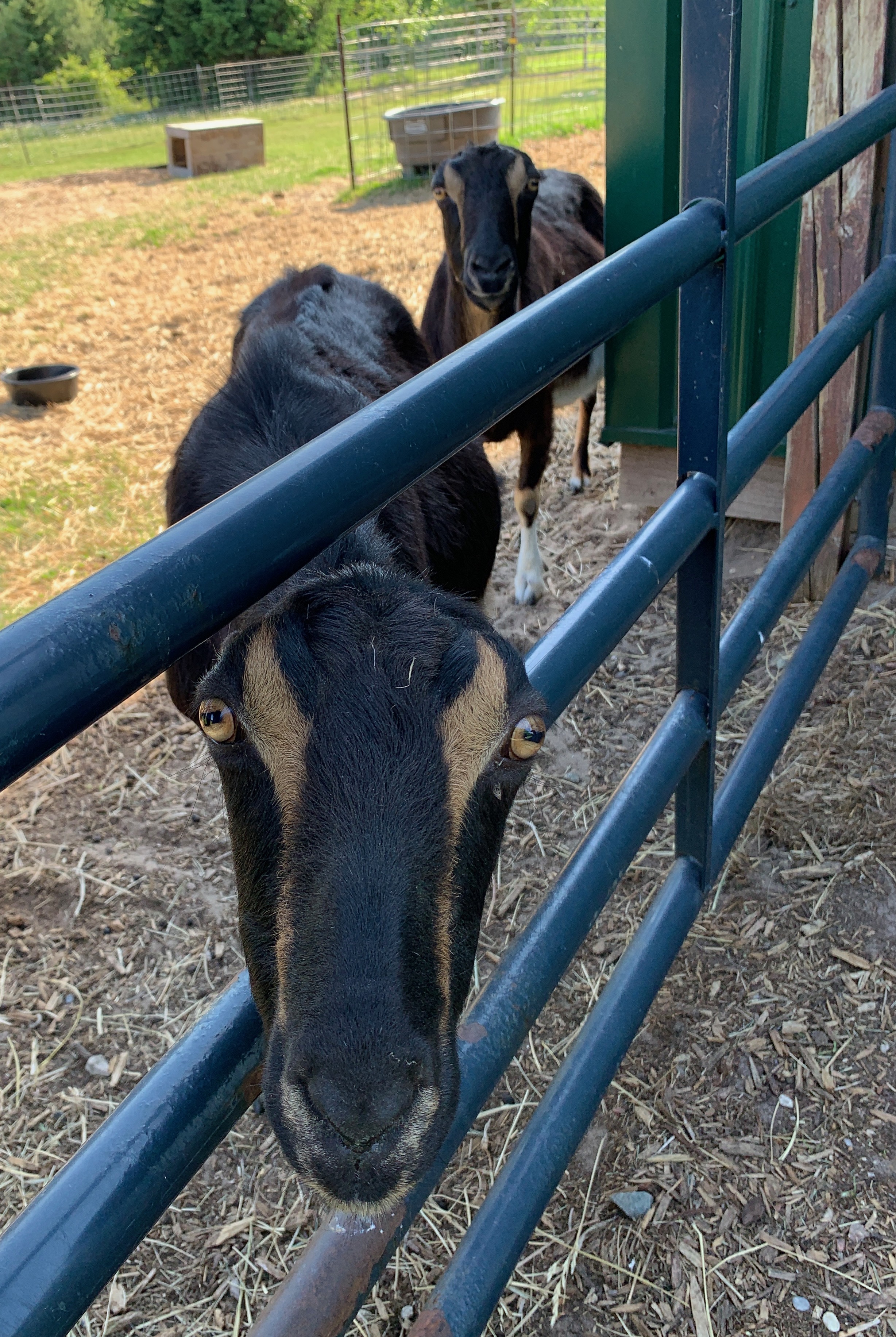

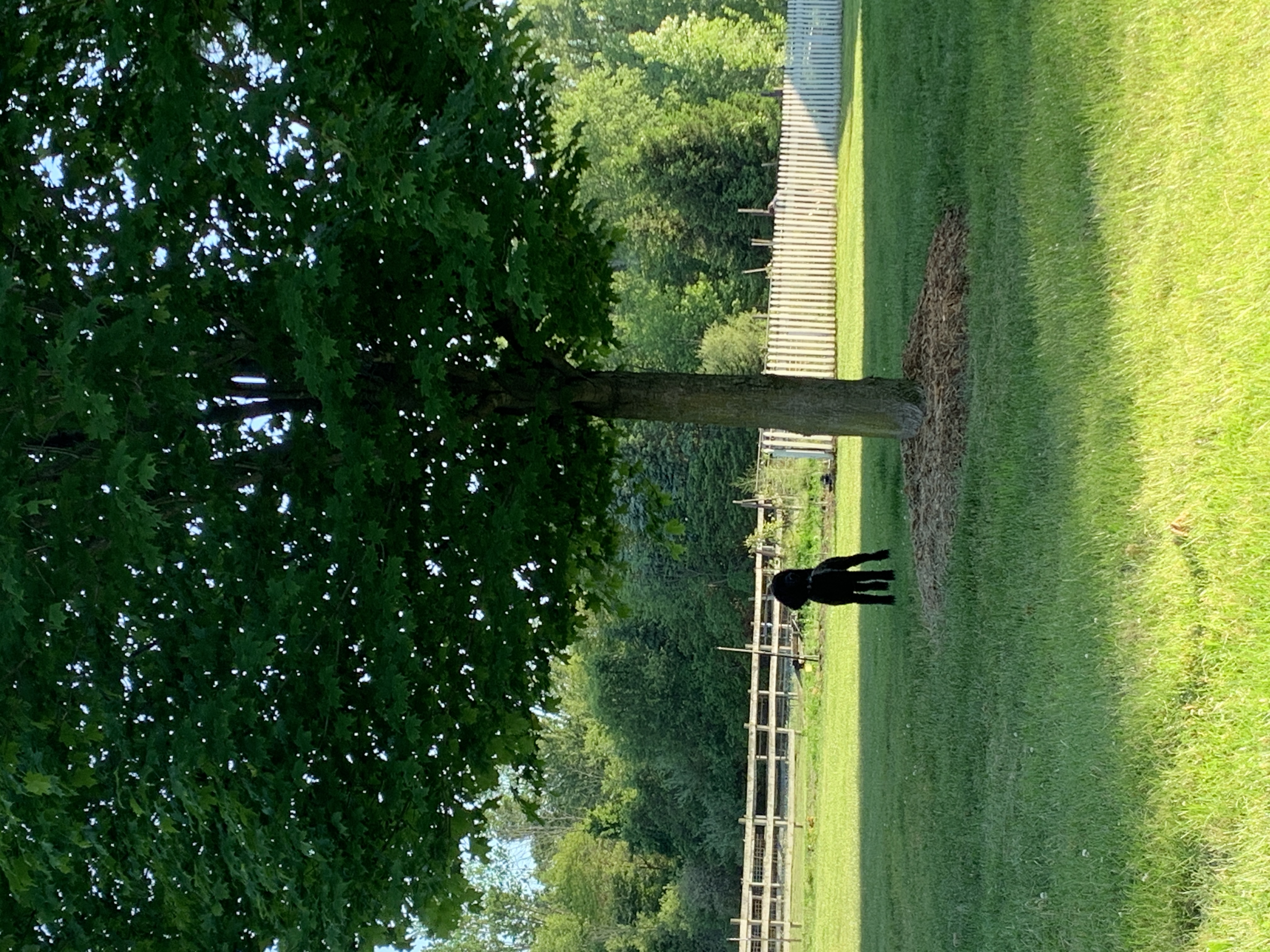
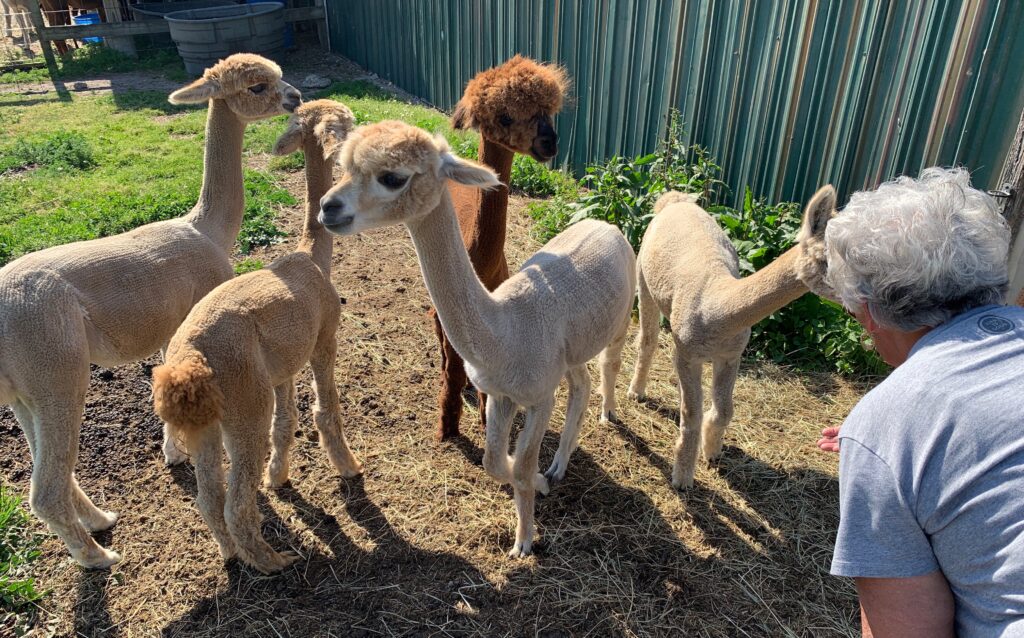
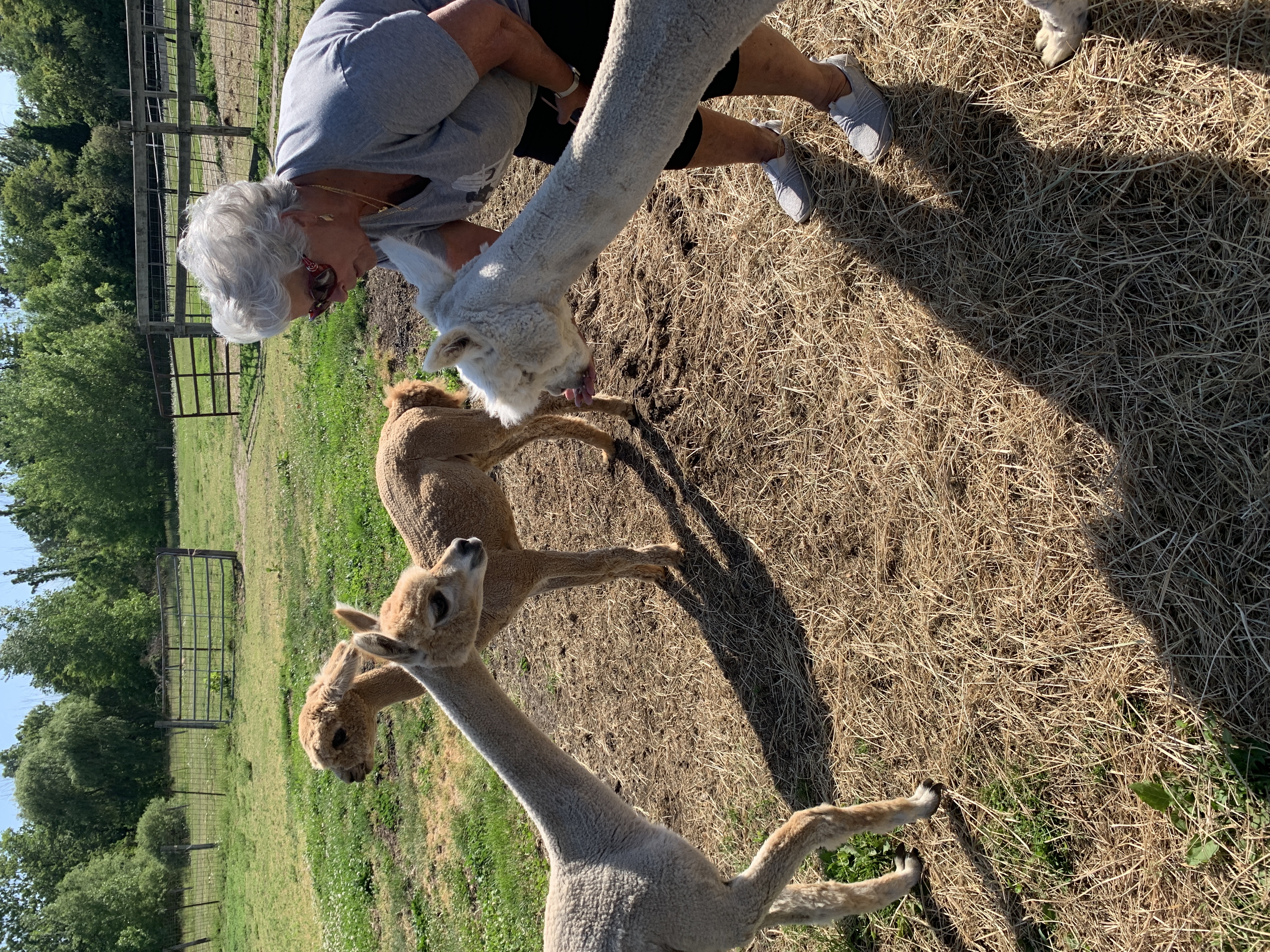
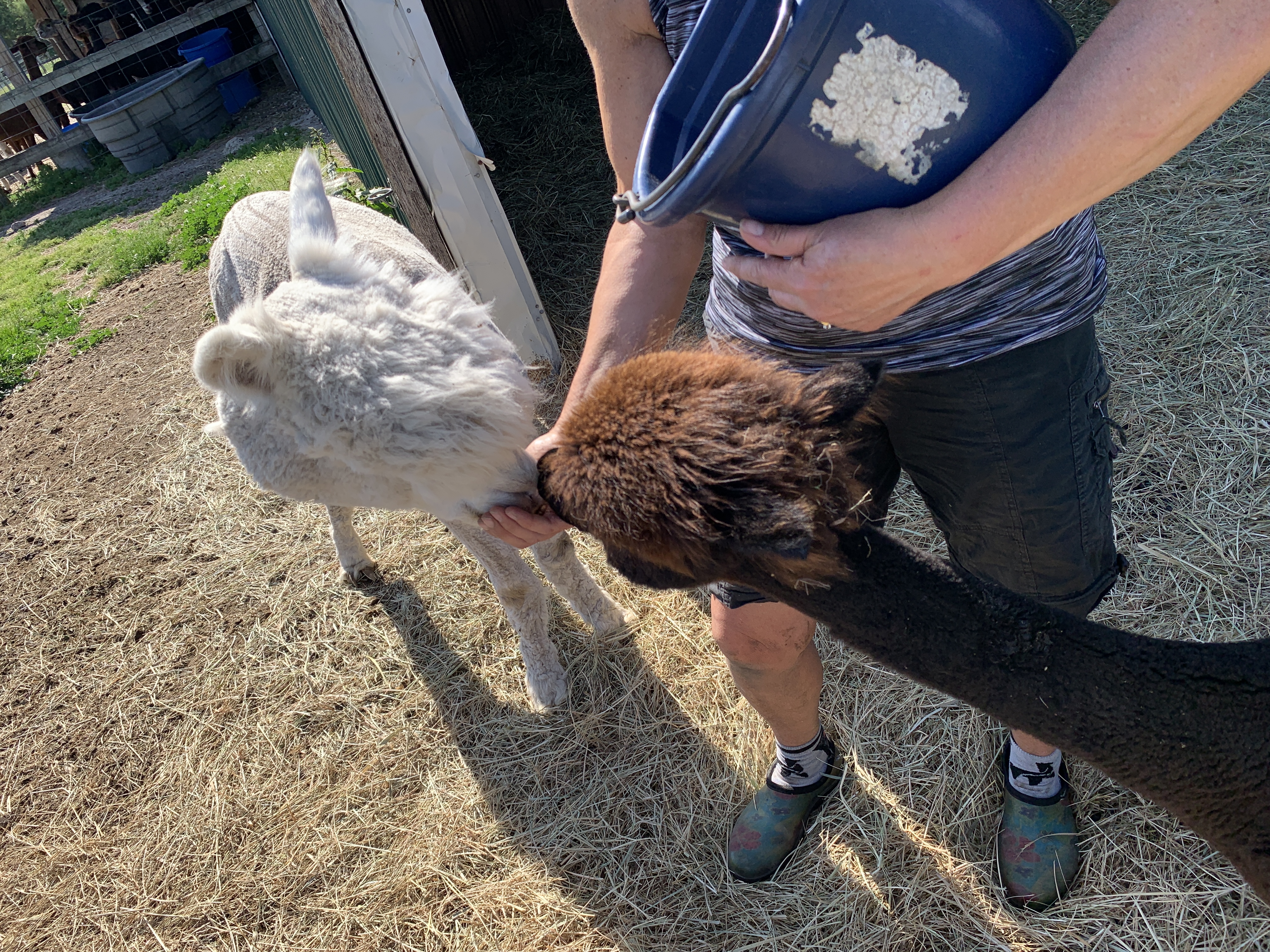
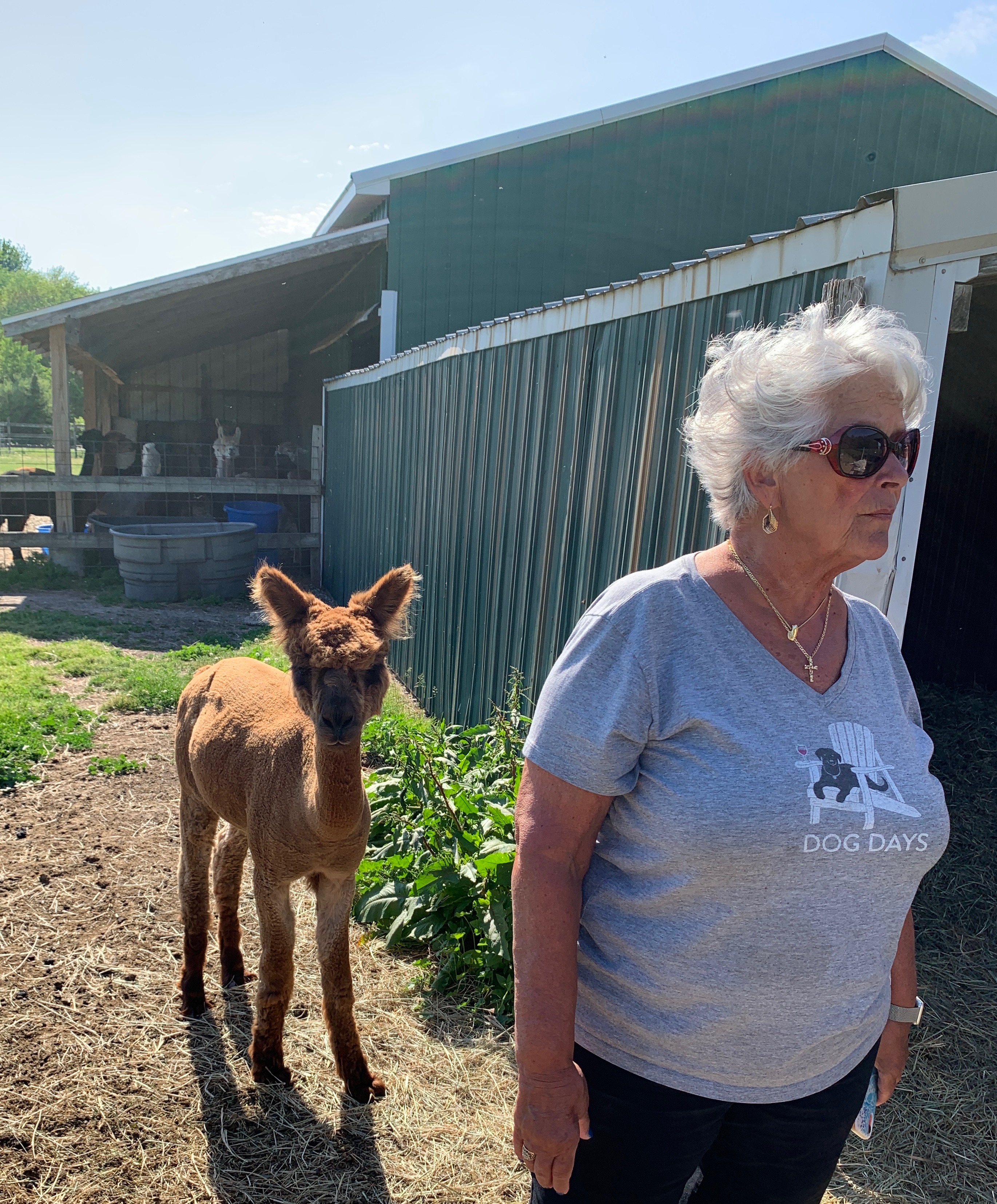


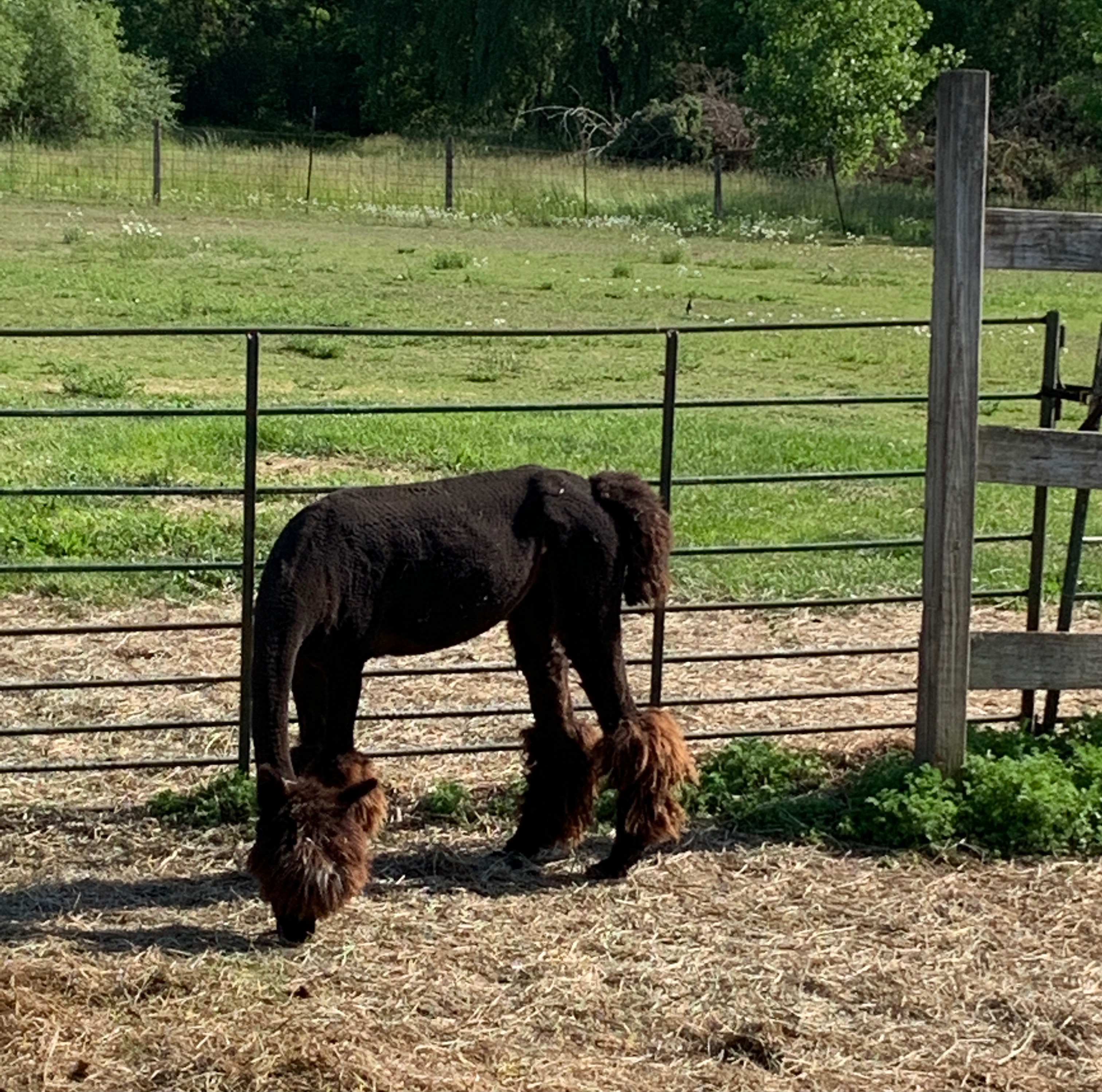
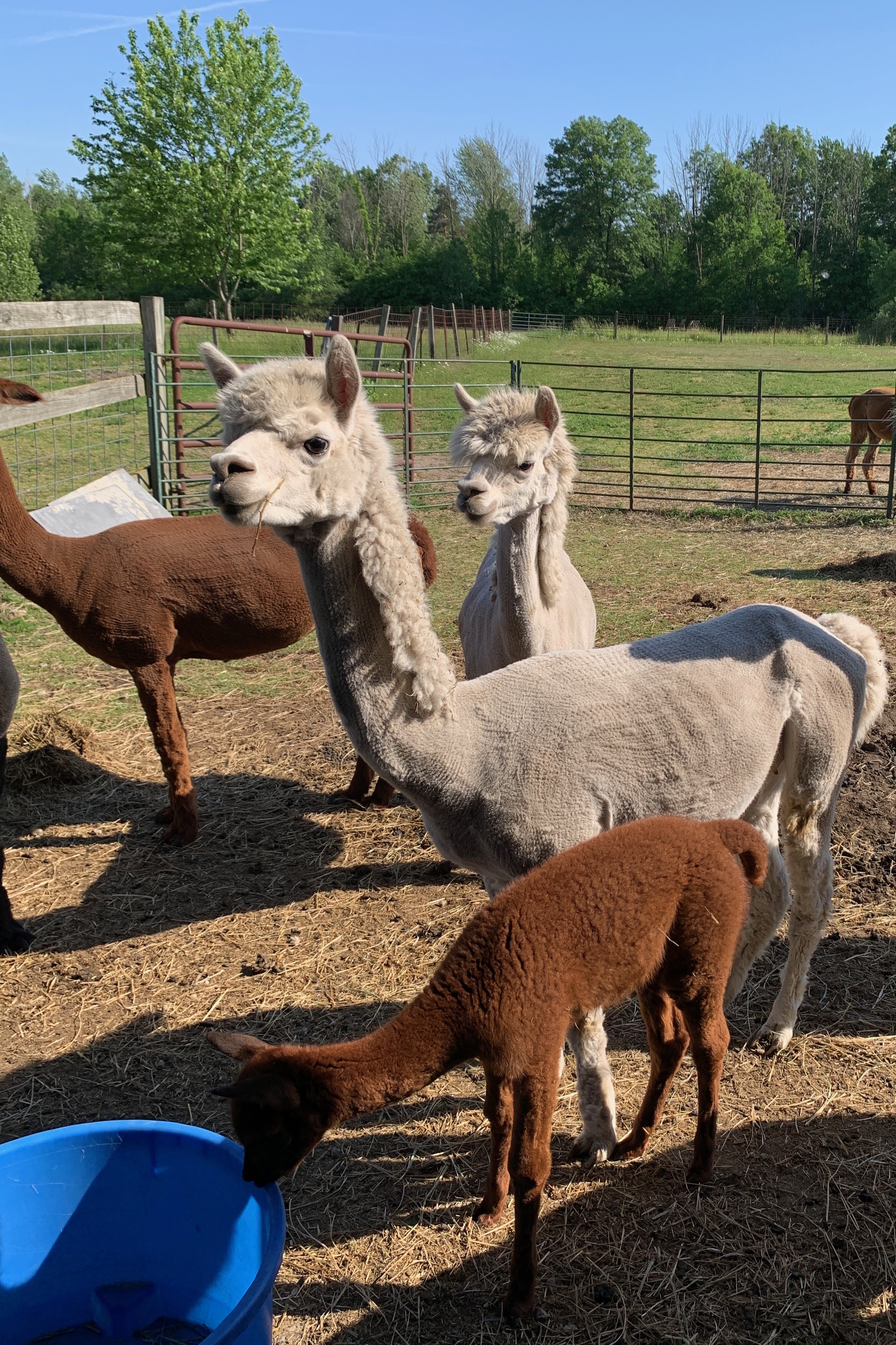
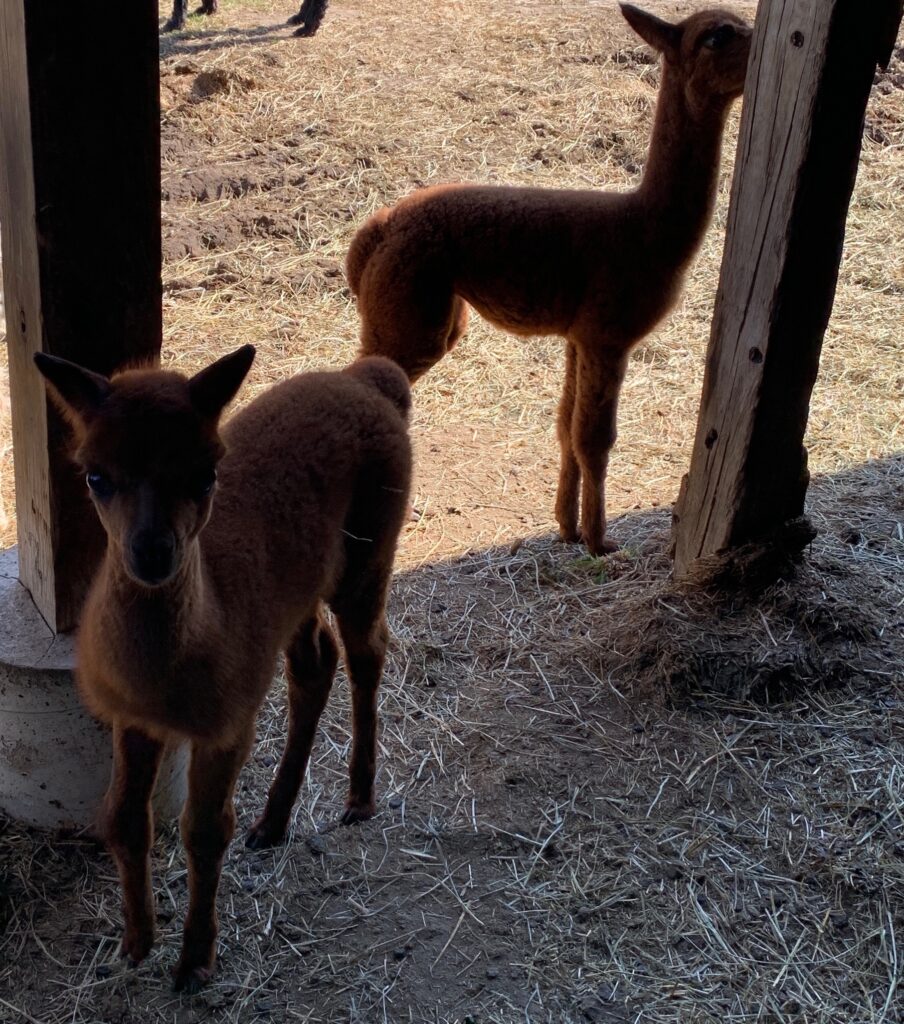

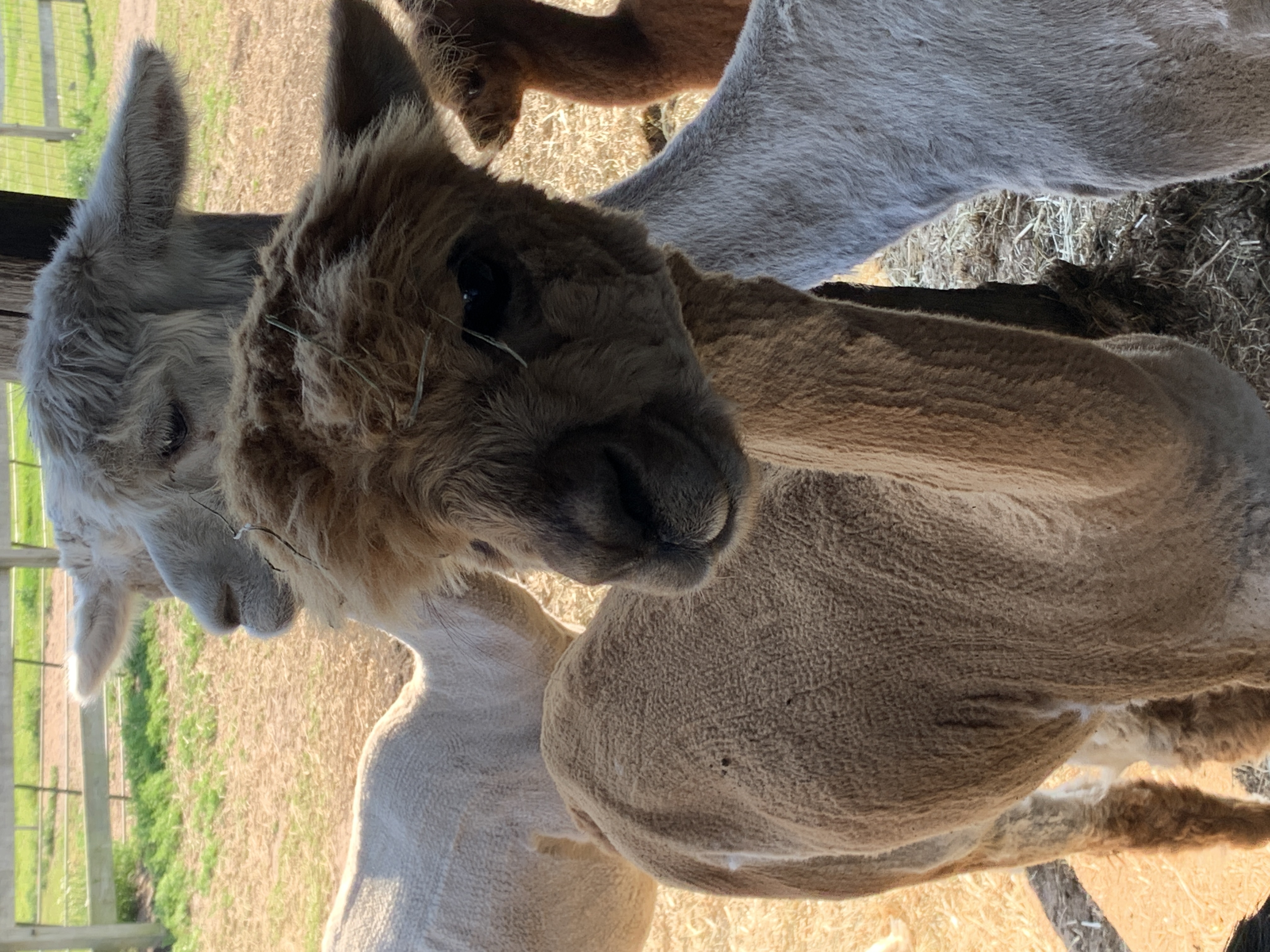
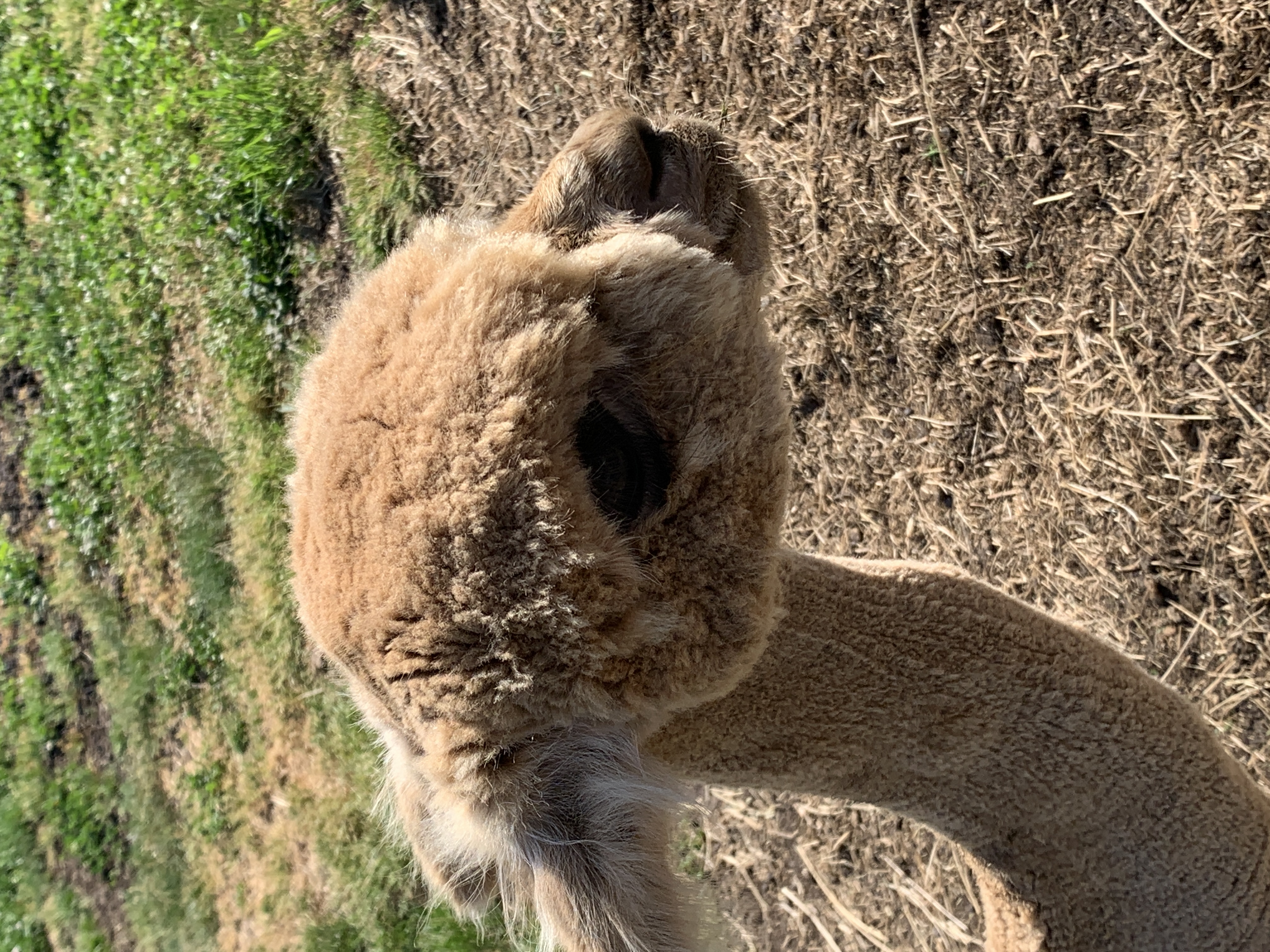
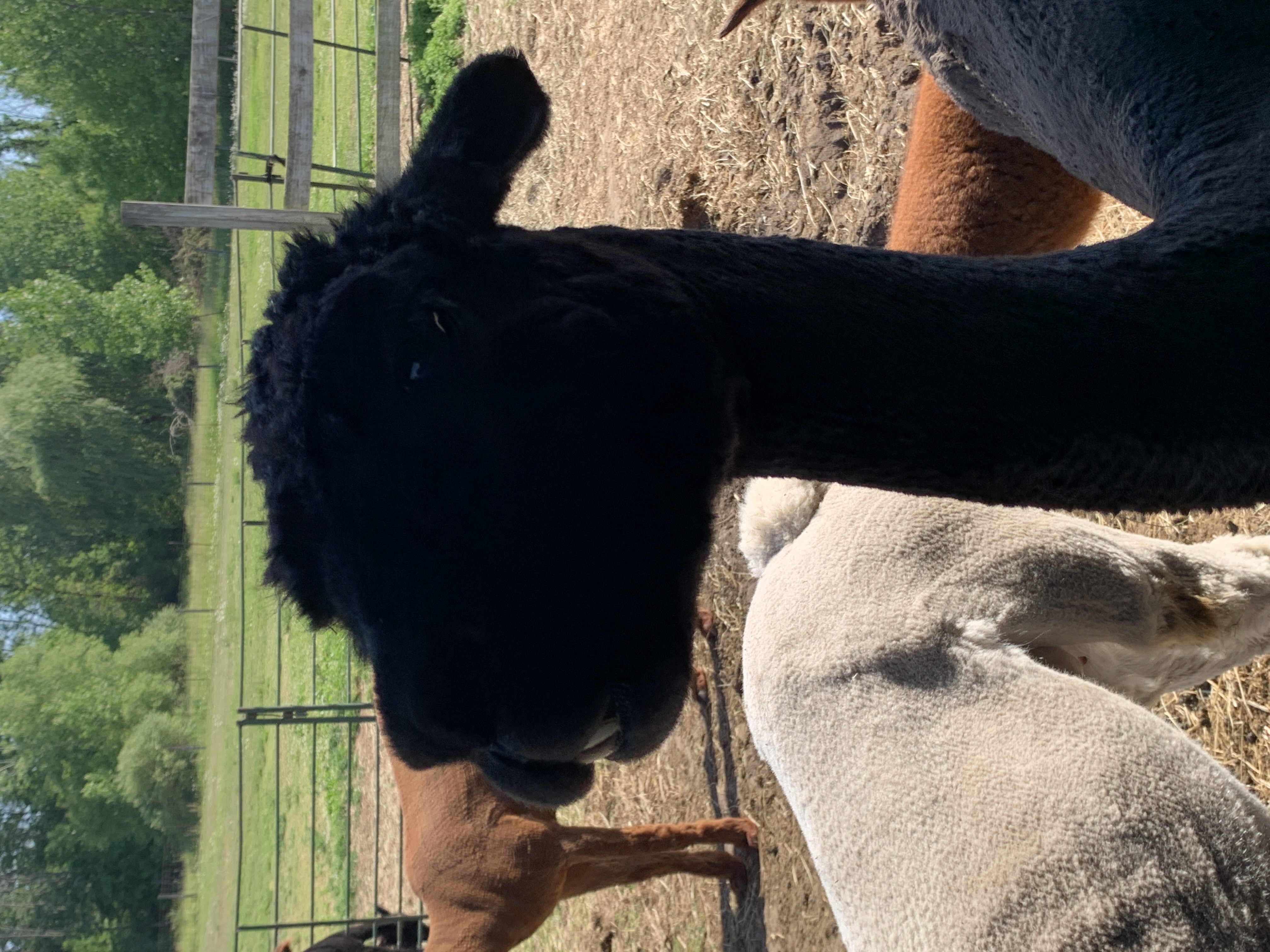

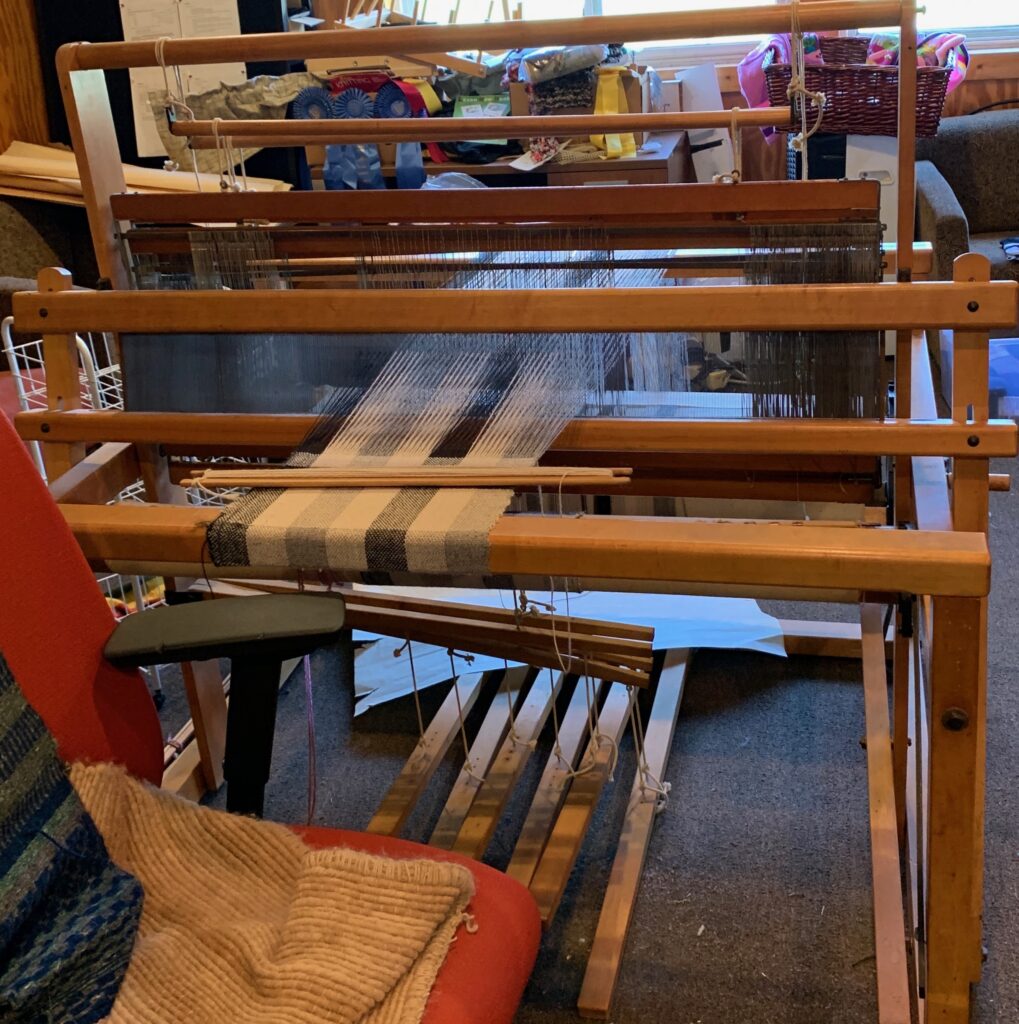
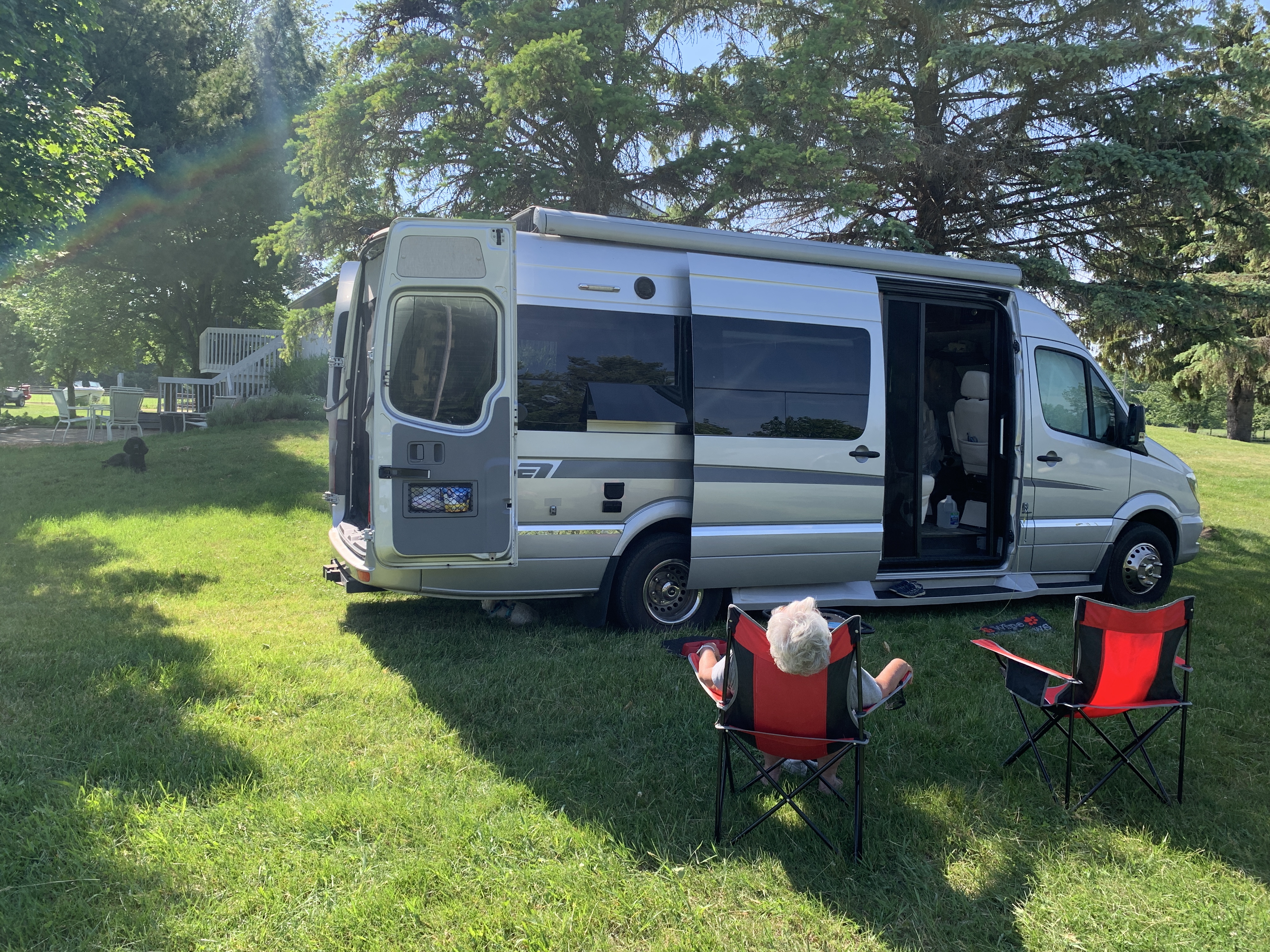
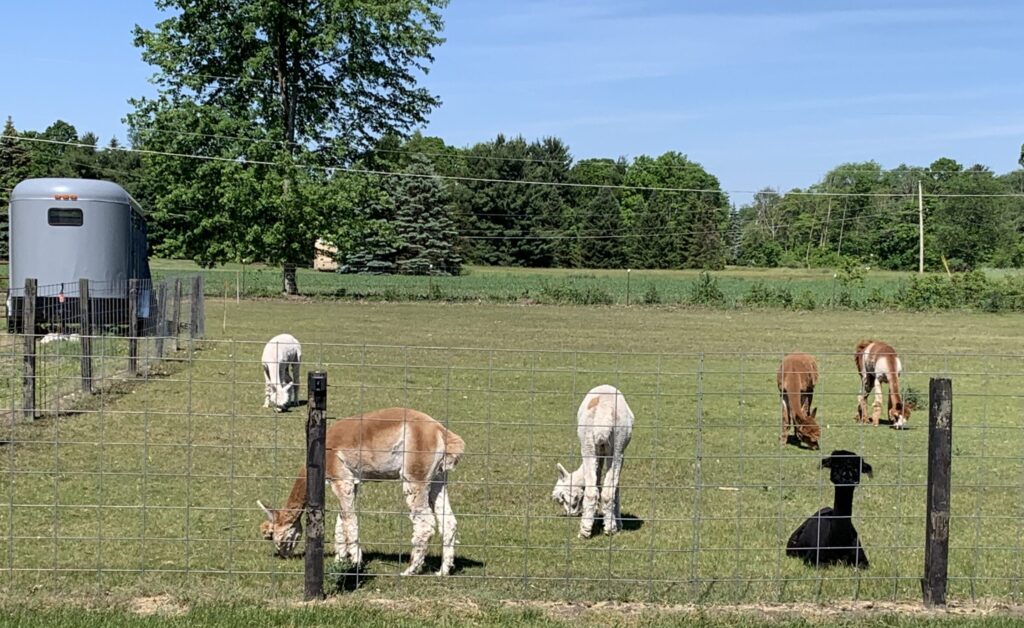




8 Comments
mrmiller48
So pleased that two of the alpacas were named after characters on “Gilmore Girls,” my fave series!
Jennifer John
Maybe I should watch reruns? Thanks, Bamz.
Julie M Sayers
Very fun and interesting blog! I probably would not even make it as far as “glamping.”
Jennifer John
Thanks, Julie. I bet you’d be great in the wilderness.🥴
Cheryl Johns
Entertaining, as always, and educational. Wish we still had our motorhome so we could join you.😥
Jennifer John
Thanks, Cheryl. Let’s pick a day and take the Beast out for ice cream!
Cindy G
Enjoyed it! Thanks, Jen.
Jennifer John
Thanks, CG.😎❤️